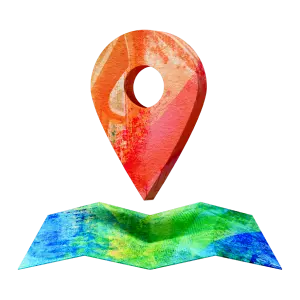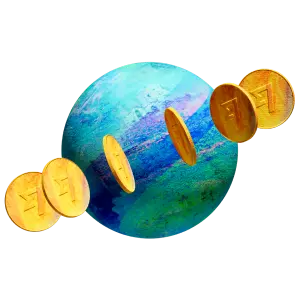Kanadský dolár (CAD)
Kanadský dolár je oficiálnou menou Kanady. Je to piata najbežnejšia rezervná mena na svete. Kód kanadského doláru je CAD and symbol je $. Mena je vydávaná Kanadskou Bankou (Bank of Canada) a tlačená spoločnosťou Canadian Bank Note Company v Otave. Kanadský dolár je fiat mena.
Názov meny
Kanadský dolár
Symbol meny
C$
CAD výmenný kurz
| USD | INR | EUR | GBP | PKR | AUD | CNY | PHP | |
|---|---|---|---|---|---|---|---|---|
| Z CAD | 0.69339 | 59.73240 | 0.67690 | 0.56798 | 193.21200 | 1.12810 | 5.08435 | 40.74260 |
| Na CAD | 1.44220 | 0.01674 | 1.47732 | 1.76064 | 0.00518 | 0.88645 | 0.19668 | 0.02454 |
Pozor na nevýdhodné výmenné kurzy.Banky a tradiční sprostredkovatelia majú väčšinou ďalšie náklady, ktoré na vás prenesú v podobe marže na výmennom kurze. Naša inteligentná technológia znamená, že sme efektívnejší - čo znamená, že dostanete skvelý výmenný kurz. A to vždy.
| Name | Kanadský dolár (CAD) |
|---|---|
| Symbol | C$ |
| Minor Unit | Cent (1/100 of a Dollar) |
| Minor Unit Symbol | ¢ |
| Notes Freq Used | $5, $10, $20, $50, $100 |
| Coins Freq Used | 1¢, 5¢, 10¢, 25¢, $1, $2 |
| Central Bank | Bank of Canada |
| Users | Kanada |
Facts Table for Kanadský dolár (CAD)
The CAD ranks fifth among the most actively traded currencies in the Forex market, attracting significant interest from both institutions and individuals. Commonly nicknamed the Loonie, Buck, Huard, and Piastre (in French), the Canadian Dollar holds the status of a reserve currency within several central banks. Its recognition as a commodity currency stems from Canada's significant exports of raw materials.
Cultural Symbolism
Adorned with national icons and significant imagery, Canadian banknotes portray the nation's natural beauty, historic figures, and indigenous heritage. Each note tells a story, reflecting Canada's diverse cultural tapestry and natural landscapes.
Oversight by the Bank of Canada
The stability and value of the Canadian Dollar are overseen by the Bank of Canada. The advent of currency in Canada traces back to the early 1660s, when French settlers arrived, introducing coins to the region. The initial issuance of banknotes occurred in 1821 through the Montreal Bank, swiftly gaining prominence as a primary mode of transaction.
In 1841, as the Province of Canada under British rule, a currency known as the Canadian Pound was introduced. However, by 1858, the Canadian Dollar replaced the Pound, aligning its value with the US Dollar. During this transition, both US Dollars and British Gold Sovereigns were accepted as legal tender within Canada's boundaries.
Following Canadian Confederation, the government initiated the decimalization of the currency, issuing a new set of coins in the Dominion of Canada. The establishment of the Bank of Canada in 1934 marked the inception of banknotes, introduced a year later. Notably, the inaugural Loonie coin entered circulation in 1987, followed by the introduction of the two-dollar coin, commonly referred to as the Toonie, in 1996. A significant development occurred in 2011 when the Central Bank of Canada launched a novel series of banknotes printed on polymer material.
